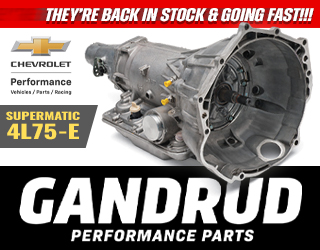Builds

This beauty is easy on the eyes. It’s lightning-quick on the throttle and a lot of fun to cruise around town in—but it wasn’t always that way.
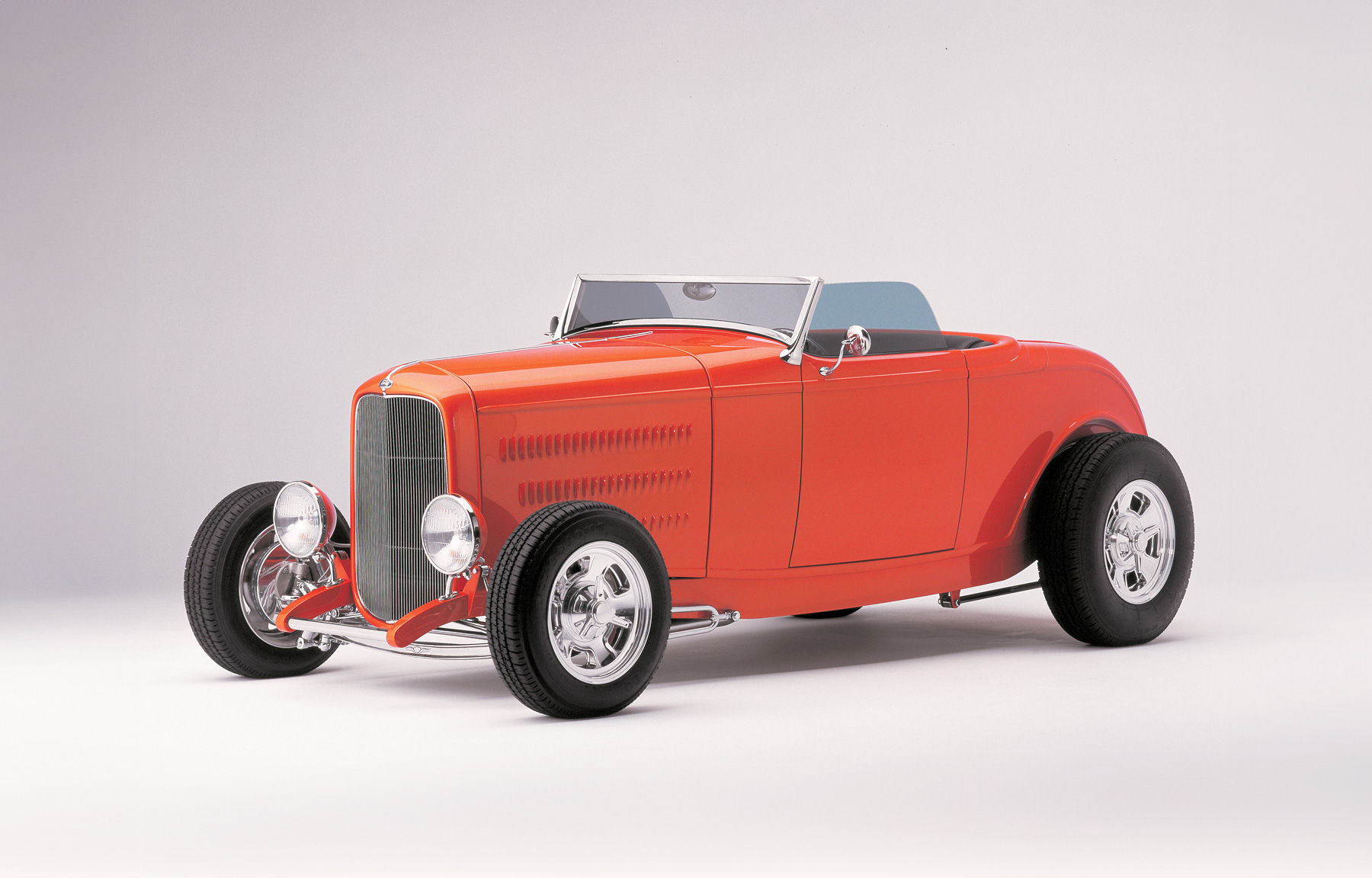
In the midst of all the wait comes this brand-new and, dare we say, quite revolutionary roadster/convertible, and a whole new wave of “…there’s not a chance.” Opinions surfaced. We took the high ground, as we have sat and listened intently to the plans for HRH, have visited facilities where some of the early work had been done, and are of the opinion that what the company has set out to do is not much different than any of us, only HRH bit off a whole mouthful.
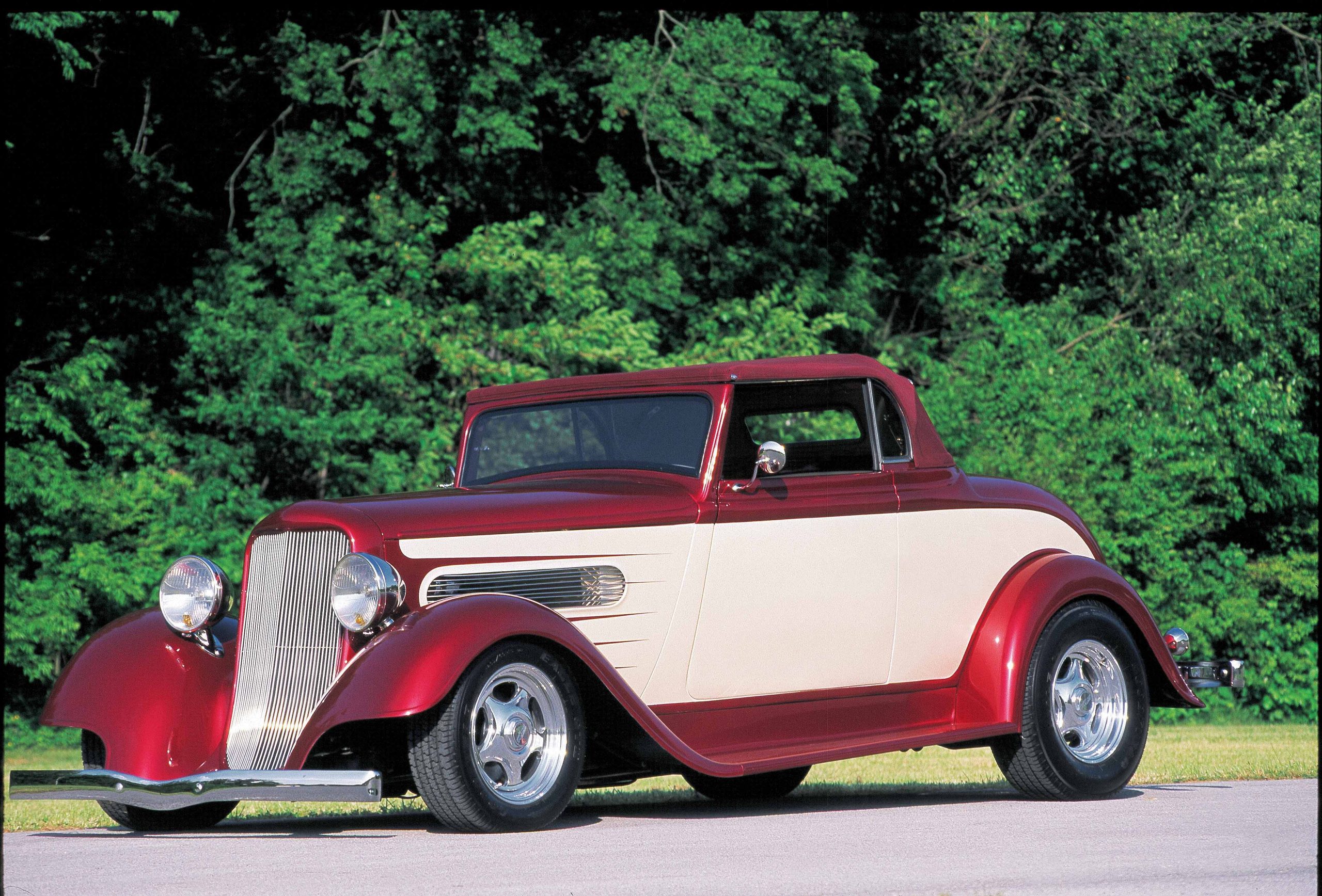
For 1933, Dodge had a full line of automobiles, and the salesmen of the day no doubt touted that there was a Dodge model perfect for you. But of all the sedans, coupes, convertible sedans (of which only 13 four-door convertible sedan eight-cylinder models were built) and station wagons, the convertible coupe was no doubt the most stylish of the bunch. The ’33 Dodge convertible coupe was a rare car in 1933, with only 1,563 units being produced, and, of course, there were 56 more built with the eight-cylinder engine. So, while the convertible coupe was a strikingly good-looking automobile, it was not the best of times, and the practicality and affordability of coupes and sedans far outsold the convertibles of the time. Today, finding a ’33 Dodge convertible coupe is truly a challenge.

Greg Harris has been a car enthusiast for years and has built a number of muscle machines and classic trucks. He has had loads of fun with late-model cars, but he couldn’t shake the fact that he really had the yearning to build a street rod some day. His friends knew about his longtime goal, so when one of them found a partially completed early sedan for sale, he told Harris about the car. Harris went to take a look, and as it turned out, the car was a half-finished all-steel ’33 Ford two-door sedan powered by a 427 Chevy engine. He immediately knew he had to buy the sedan—it was just what he was looking for. He made a deal with Clark and Bridgett Short, the folks who started the project, and brought the ’33 home.
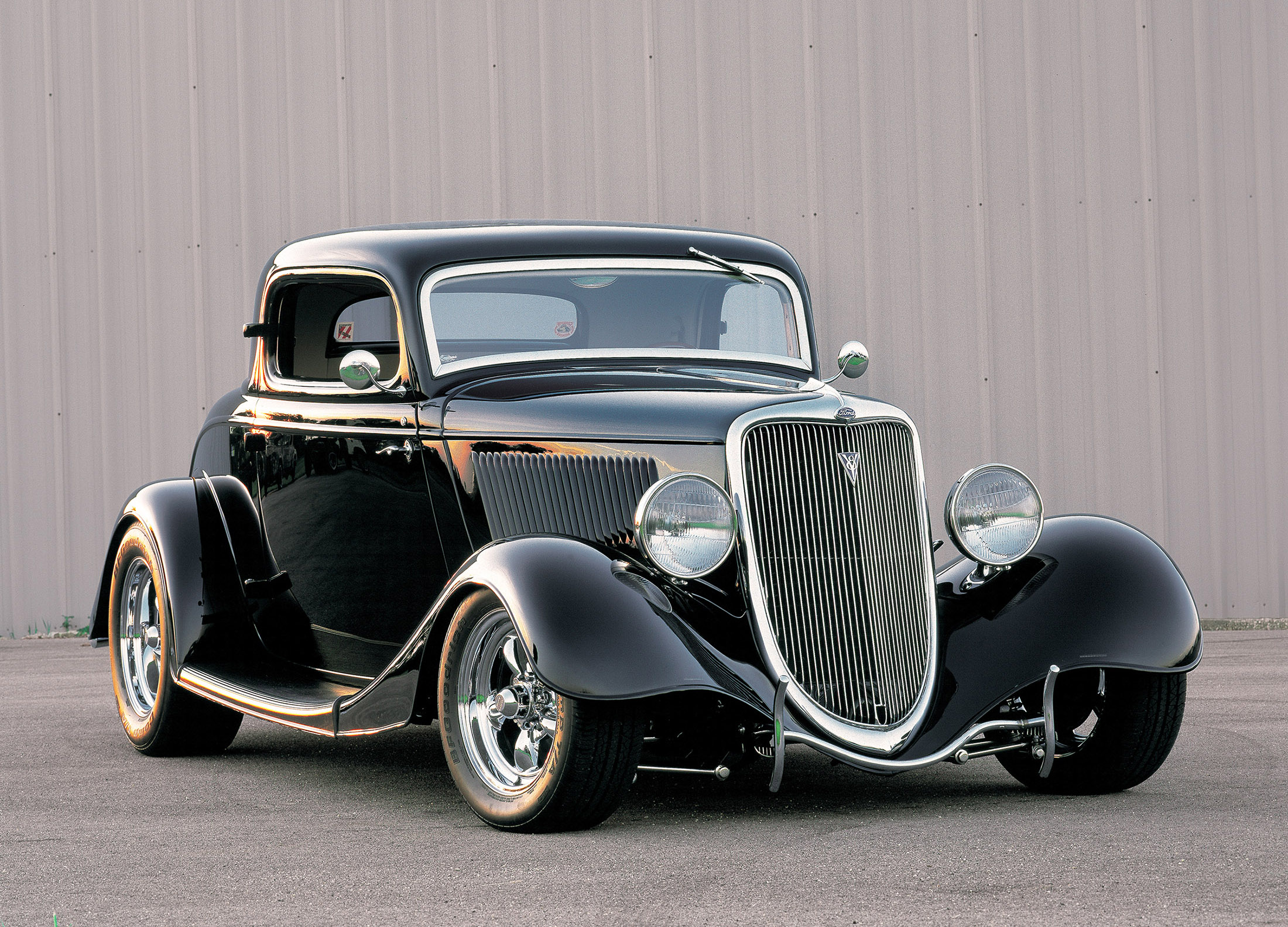
Sometimes building a street rod can be downright exasperating. The amount of money involved and the stress of chasing down parts and coordinating the efforts of multiple shops can lead to a fair bit of tension in any owner. How many times have you heard someone say something along the lines of: “That damn car’s going to give me a heart attack!”? Odds are you’ve heard it or even said it at least once or twice if you’ve been involved in rodding for any length of time.
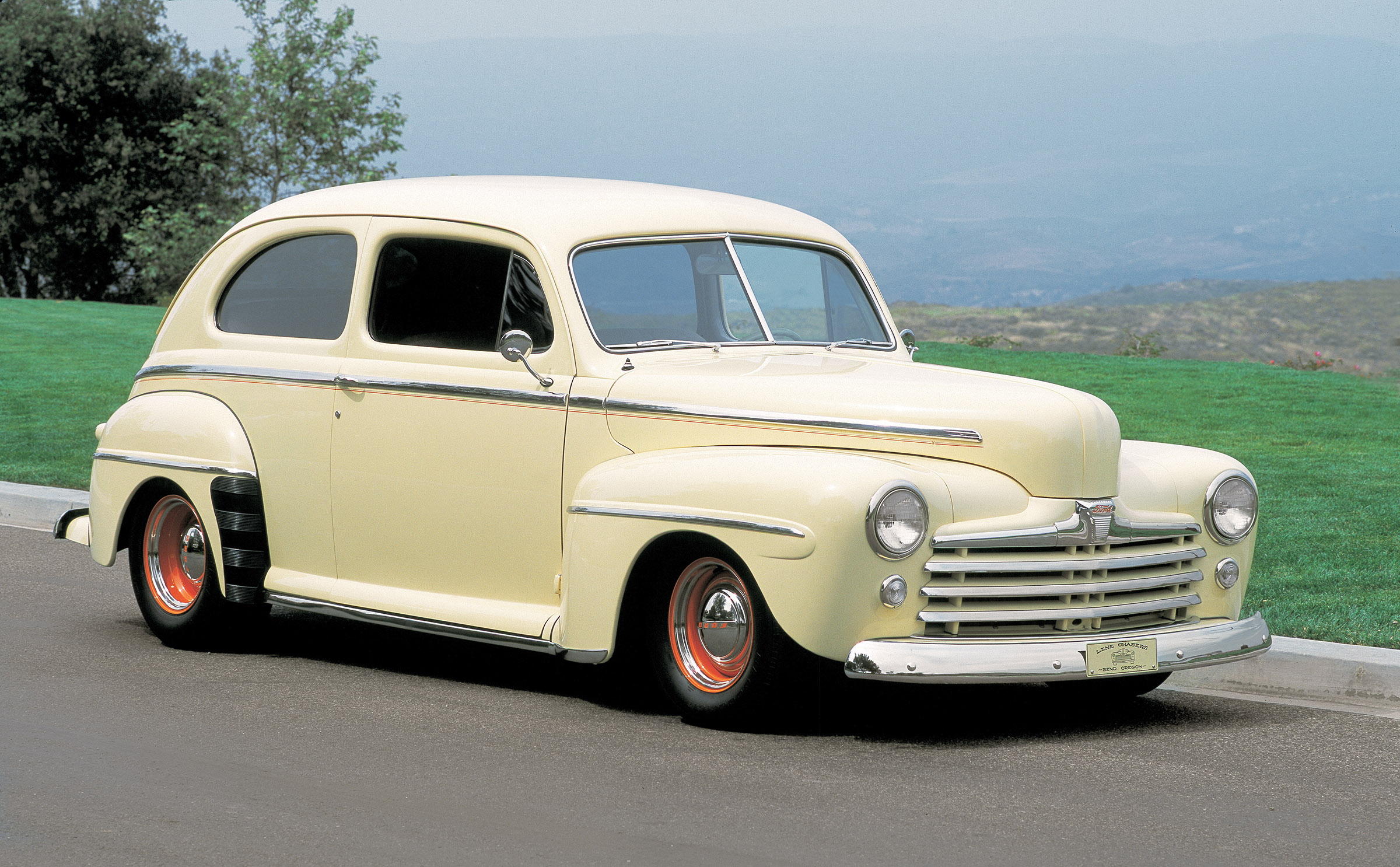
When we were at the NSRA Nationals last year, we came across a nice Pontiac sedan that we just had to photograph. It was different, super clean and it had fantastic detailing that made you come back for a second look.
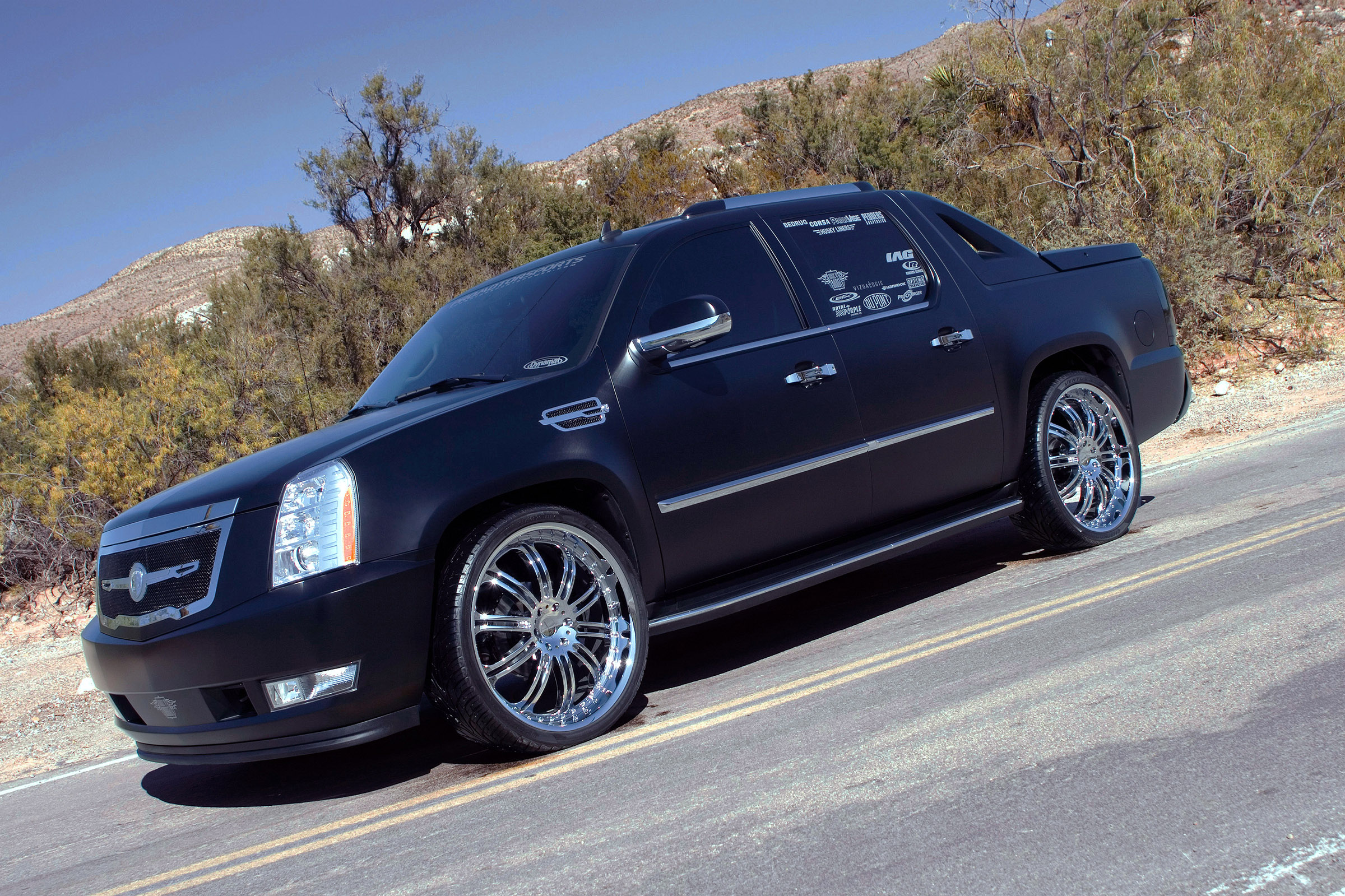
Building a cool new truck to show off at SEMA is nothing new for Jim Lewis and his team at ProMotorsports in Edmond, Oklahoma, as that’s what they do. This stunning new ’07 Cadillac Escalade EXT is their most recent creation. Like so many other enthusiasts, Lewis used the latest generation Escalade because it was an immediate hit, especially among the urban lifestyle crowd, so team ProMotorsports thought one would make a great representative demo vehicle for their shop. Billy Lewis came up with the flat black concept, with tons of chrome and polished metal to contrast the flatness of the finish. While the paint may be the first item that attracts you to this truck, the crew at ProMotorsports actually started the build underneath it all by increasing the performance of the Escalade.
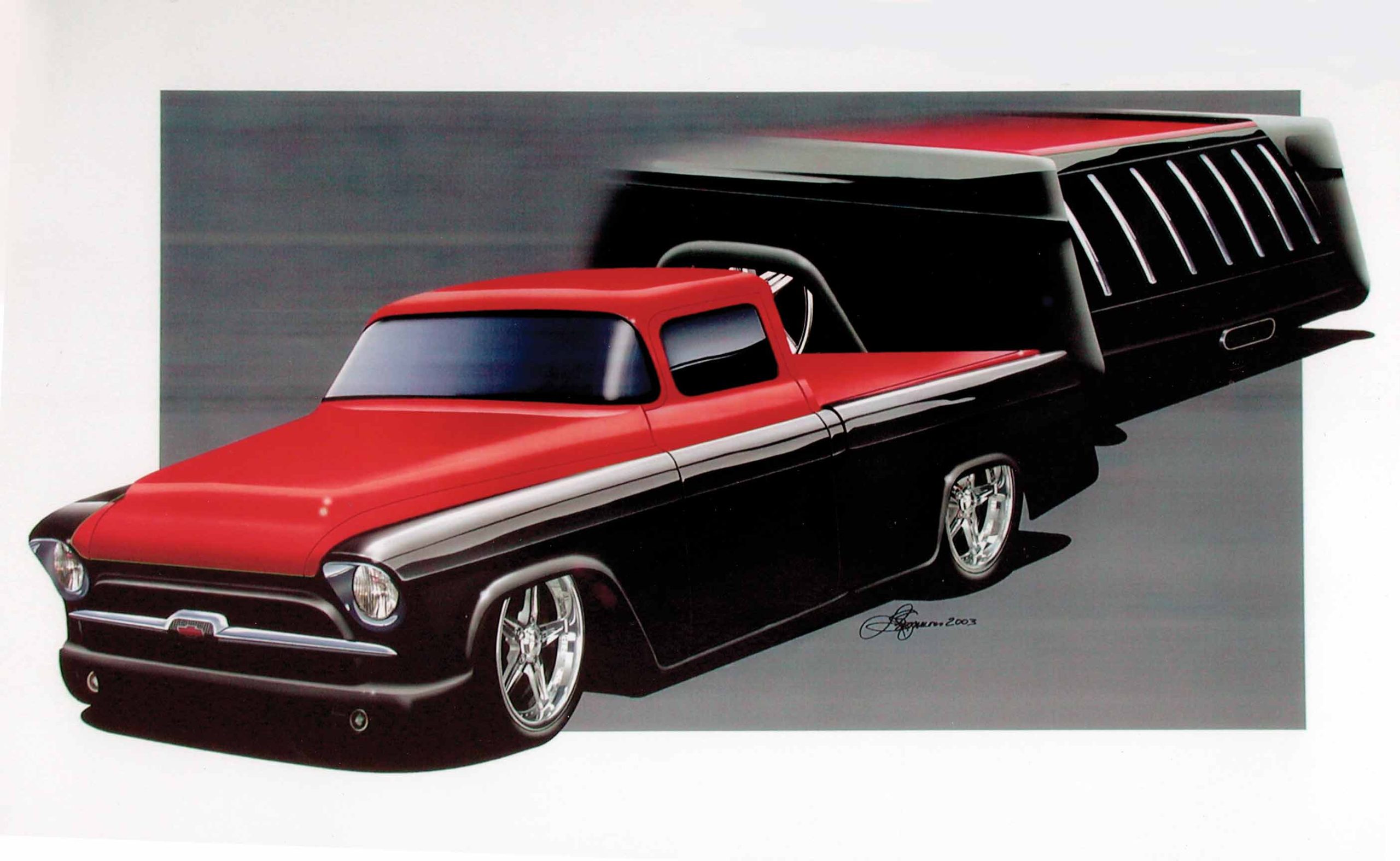
In this detailed account, the Cimbanin brothers at Cimtex Rods in Jarrell, Texas, tackle the complex task of chopping and restoring a ’56 Chevrolet Cameo roadster. This article delves into the nuances of custom truck modification, from aligning door frames to adjusting the roof profile, highlighting the meticulous approach and expertise involved in such a project. Learn about the challenges and techniques of customizing classic trucks, as demonstrated by the award-winning craftsmanship of the Cimbanin brothers.
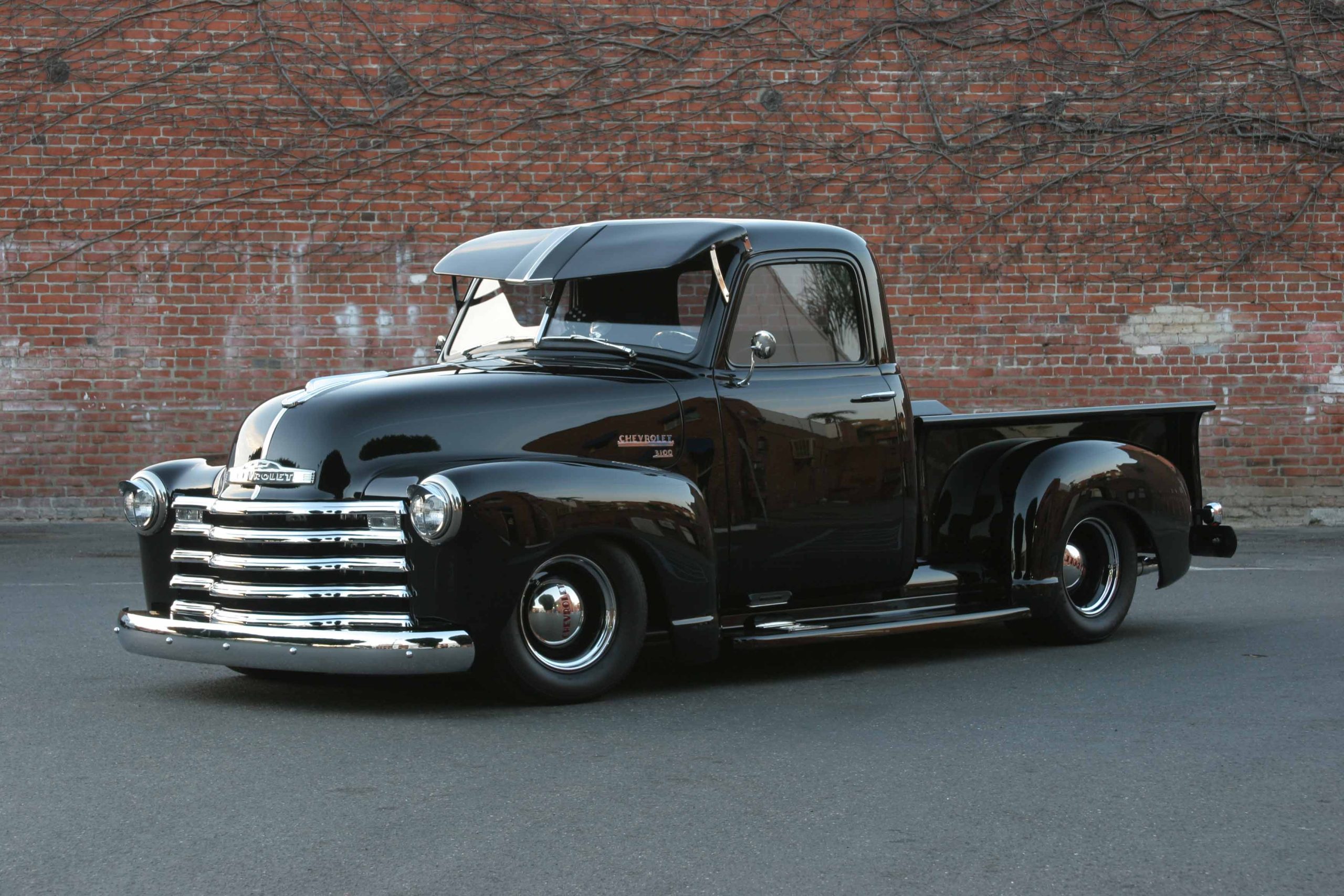
When the owner brought this truck to Buxton in late 04, it was an old farm truck with a straight-six engine, three on the tree and studded snow tires. Buxton began by boxing the frame and adding an IFS unit. With Air Ride Technologies airbags and 2-inch dropped spindles, the front end of the Chevy was able to go very low. In the rear, a Currie Enterprises 9-inch rearend was suspended with ART airbags on a four-link system. Speaking of the rearend, it has been equipped with Strange Engineering 3.73 gears. As the Chevy would obviously come across a few bumps, aluminum QA1 adjustable shocks are used on all four corners. Speaking of the corners, a set of Wheelsmith smoothie wheels adorns this Chevy, giving it a very cool retro look.

After 1-1/2 years of preparing a rock-solid foundation for our Cimtex Rods-constructed ’56 Chevrolet Super Cameo pickup, the time finally came to hang sheetmetal, but not without experiencing a few major disappointments. “All I can say is, before you buy a truck cab or any kind of old car body, look before you leap,” commented Darrell Cimbanin of Cimtex Rods after picking up our ’56 Chevy big-?window cab from True Grit Sandblasting in Hutto, Texas. This cab was in worse condition than we originally thought. It’s easy to disguise what appears to be a good-looking truck cab with plastic filler and a nice paint job. Sometimes even the experts can be fooled.






